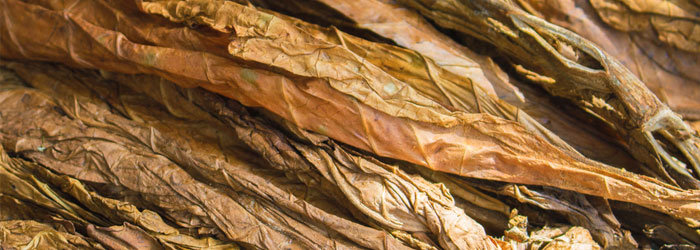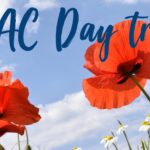Freechoice Tobacconist offers their customers the personalised service of old recommending best-fit products with value-for money deals not usually available at supermarket stores of that ilk. It is what makes for loyal customers, that and their wide range of quality tobacco of course.
The history of tobacco is a fascinating one.
Carved drawings dating back to 600AD show that tobacco was favoured by the Mayan Indians of Mexico as both a spiritual and recreational plant. That practice seems to have translated to the American Indians too with tobacco being used for religious ceremonies long before North America was settled by European visitors.
Tobacco later became the first cash crop to be grown in North America with settlers in Jamestown Virginia selling their wares in 1612. In fact it was tobacco which helped fund the first American revolution against England.
By the early 1800s tobacco was more widely used with people chewing it or occasionally smoking it in a pipe. The first commercial cigarettes were made by Washington Duke on his farm in North Carolina in 1865, the hand rolled marvels sold to the soldiers at the end of the Civil War.
But it wasn’t until James Bonsack invented a cigarette rolling machine in 1881 that tobacco use became more widespread. The machine could make 120,000 cigarettes a day and Bonsack in partnership with Washington Duke’s son, Buck, built a factory with early production at 10 million cigarettes in the first year.
The first brand of cigarettes were packaged in a box with baseball cards and called Duke of Durham. Buck Duke and his father went on to start the first tobacco company in the US – the American Tobacco Company.
During World War I and WW II American soldiers were given free cigarettes and by 1944 production was up to 300 billion a year with service men receiving 75% of all cigarettes produced.
In Australia, it was the Indigenous communties in the country’s north that were first exposed to tobacco, by visiting Indonesian fishermen in the early 1700s. When the British arrived on these shores they brought tobacco with them and its use was prolific amongst officers, servants and convicts alike.
It was used as an inducement to work and withheld as a punishment. By 1819 it was widely grown within the new settler communities.
Pipe smoking was the most common means of tobacco consumption in the nineteenth century, with imported leaf coming from Brazil, and later, North America, to supplement the local produce. The habit of chewing plug tobacco, which was popular in the US, was never more than a minority behaviour in Australia.
When the production of cigarettes was mechanised in the 1880s it also improved the availability here in Australia and smoking became far more widespread. Like in America, cigarettes were made even more popular during World War I with more than 60% of tobacco given to Allies in the Western Front as part of their rations.







